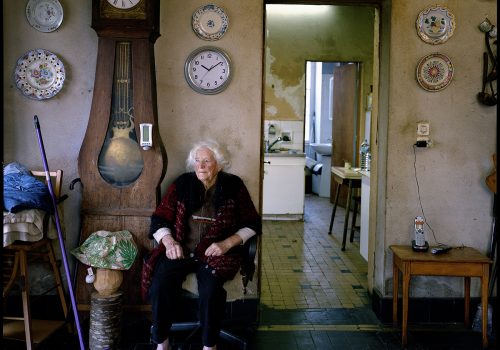A Photographic Campaign in France 2018-2020
Photographers Eric Bouvet and Yan Morvan exhibit more than 80 portraits of French men and women from their photographic campaign carried out for 2 years in France, at the train stations Paris Gare de Lyon and at Avignon-TGV from June 25 to September 1.
Eric Bouvet and Yan Morvan are photographers and journalists. Their involvement in documenting political, economic and social facts since the 1980s, their experience in difficult terrain, their notoriety as photographic authors make them privileged witnesses of our history.
The HEXAGONE exhibition was to be held as part of the 2020 edition of the Rencontres d’Arles, canceled due to the pandemic. SNCF Gares et Connexions, with its experience and know-how, has chosen to design and co-produce tailor-made exhibitions to present the work of these two photographers in the stations. This project was made possible with the support of the Ministry of Culture, BNP Paribas, BMW France and the National Agency for the Cohesion of Territories.
















